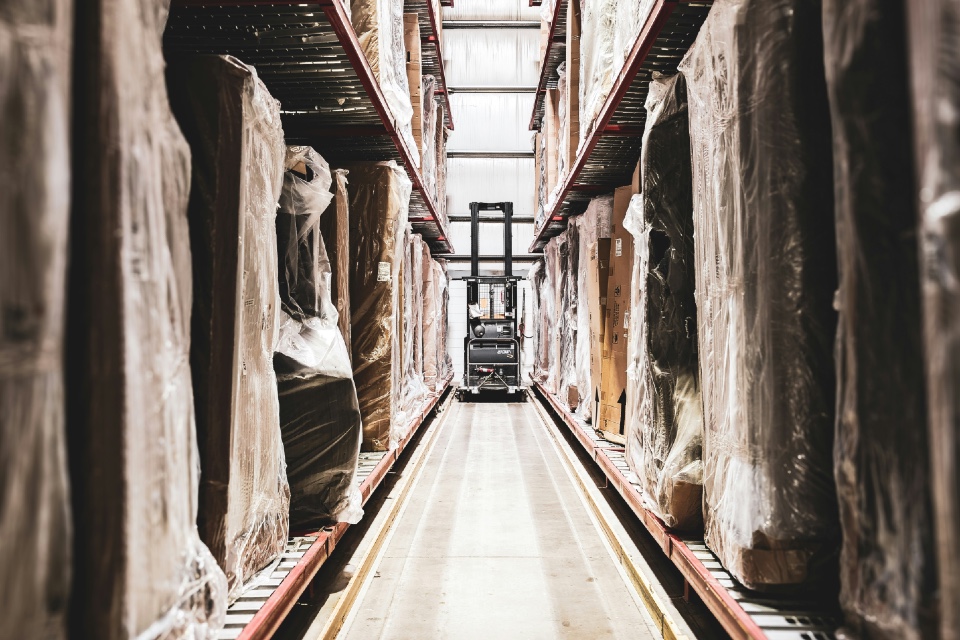By Ian Stone, CEO, Vuealta
Debenhams, House of Fraser, Arcadia – these are just a handful of once-reliable High Street retailers and brand groups who now find themselves battling for their place on Britain’s high streets.
With shops closing at a rate of 14 a day, traditional high-street players are now facing unprecedented levels of competition from online and digitally-focused disruptors. But has the High Street really been crippled? Ultimately the answer is no, it’s simply being reinvented.
In fact, it appears that 62% of shoppers still prefer to shop on the high street, but their expectations have changed dramatically, and retailers need to buck their ideas up if they’re to meet them. As such, there has recently been a resurgence of interest in physical stores from industry giants, but in an entirely new and integrated way.
It’s now more important than ever that retailers entice customers back into stores with refreshed and exciting takes on what the physical store really is – crossing the realms of digital and physical so customers can get the best of both worlds. That’s why, while many brands are already mastering the art of personalisation online, they’re now also using these data-driven insights on consumer behaviour to bring the same levels of customer experience and relevancy to the physical store.
For example, Amazon has introduced various initiatives from its four-star experience to Amazon Go, which cater to very specific demographics and consumer needs. But the changing nature of retail is moving at an unprecedented rate, making it difficult to keep up. To do so, brands need to begin making the most of their data to carefully map their supplychains and streamline costs.
Keeping up with evolving consumer demands
Running a physical store is expensive. The property price boom in the UK has only recently reached its peak and May saw retailers suffer their worst month in almost a quarter of a century. To try and overcome these challenges, retailers like Amazon are returning to the high-street with smaller footprints to streamline their expenditures and offer more personalised experiences for their customers. Aldi and Lidl, for example, continuously change their stock depending on seasons and current trends in order to maintain reduced costs and keep their bargain hunting customers loyal.
But today’s customers expect instant gratification and ventures like this are fragile. They rely on a robust supply chain that can cope with consistently changing consumer demand, meaning these new types of stores can no longer rely on traditional supply chain structures. They need expert stock management with the ability to respond and adapt to change at speed – especially when it comes to peak shopping seasons like Black Friday and Christmas.
The need to be agile in the digital age
It’s ironic, but the answer to coping with the demands of these new stores lies in the digital technologies that are creating the need for them. In today’s digital age, consumer behaviour can change as a result of one Instagram post, and supplychains need an agile solution that can react just as quickly as the market changes and plan for likely peaks in demand – whether that’s with the ability to deliver more strawberries to Aldi’s Wimbledon store in July or hairdryers to Argos when the latest reality TV star posts an ad on their story.
While data may now be considered the world’s most valuable resource, it has always been possible to access a variety of external and internal data sources to provide hard evidence to back up insights and assessments when developing plans. The real challenge has been being able to bring all that together, across internal silos and in varying formats, to form a cohesive and clear direction. Now, however, supply chains and their respective retailers have the ability to quickly connect and verify different data sources. By breaking down the silos, they can then access a clear view of what’s needed in order to formulate solid, evidenced-based plans.
That connection then allows supply chain organisations to rapidly harness data from a variety of sources to quickly formulate and adapt plans. That could be rerouting shipments into a distribution centre where demand is higher, deploying trucks and drivers to new shops, or updating promotions and stock availability if deliveries are delayed or demand outstrips supply. And streamlining this process can lead to significant competitive advantages.
The supply chain is the backbone of retail
The speed at which markets change today may appear to render long-term planning redundant, but it does the opposite. The key to keeping up with consumer demand ultimately lies in a well forecasted plan.
When retailers and supply chains plan for all their ‘what ifs’, including unexpected peaks and troughs in consumer demand, they’ll be prepared to respond to any changes that may otherwise expose their fragility and bring them to their knees. And when customers’ needs aren’t met, they will be quick to shout about it online, ultimately harming the business’ reputation. But when these unexpected, and expected, challenges are handled appropriately and responded to in adequate time, retailers can truly reap the benefits of increased sales.
Planning isn’t a static process, and by no means has a simple beginning and end. If you’re starting out from a disjointed and siloed process, organisations need to be prepared to go through some level of trial and error initially, which will take time and multiple iterations before they get it right. But the end result will truly pay-off as companies will be able to access and collate critical data sources enabling them to reduce the impact of uncertainty and build realistic, actionable responses to all their potential ‘what ifs’.
Retailers and supply chains that do decide to take the planning leap will therefore be in a much stronger position when it comes to keeping their customers loyal by seizing all opportunities that will inevitably appear.







